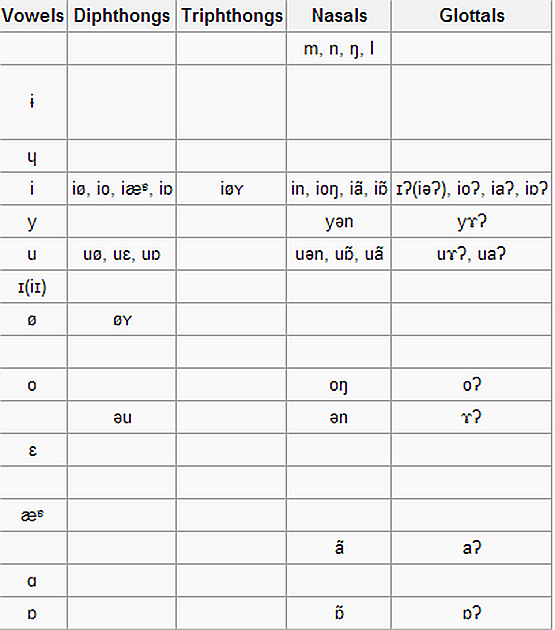Basically, I felt the vowels in Suzhou dialect are not affected by the environment. They do have nasalization, but as far as I've known of, the vowels are rarely influenced by consonants.
Triphthongs are very common in Suzhou dialect, making Suzhou dialect "the softest dialect in China" because triphthongs' frequent appearance in Suzhou dialect makes it sounds rather rhythmic.
In the archetype, I found two triphthongs:
/niyɛæ/
我在微博上转发了两条苏州绕口令。
(I posted two Suzhou dialect tongue twisters on my Chinese Twitter.)
/miyeɛ/
庙里一只猫。There is a cat in the temple.
I tried to describe the triphthong in IPA symbols, but I'm not sure if they are accurate. At least, they sound like that from my ears.
For both triphthongs, I did feel the tongue movement from high to low position.
Nasalization in Suzhou dialect is not entirely the result of nasal consonants coloring. some of the diphthongs are influenced by the consonant /n/ that follows the vowels, others do not have consonants preceding or following the vowels.
I'm not entirely sure if there is an /ŋ/ before the vowels, but I did feel the velum are partially open.
Here are the examples from my archetype
/ŋɒ/
庙外一只猫。There is a cat outside of the temple
/ŋæ/
庙外猫咬庙里猫。The cat outside of the temple bites the cat inside of the temple.
The following is a video of a German who are trying to speak Suzhou dialect. It's real fun!


